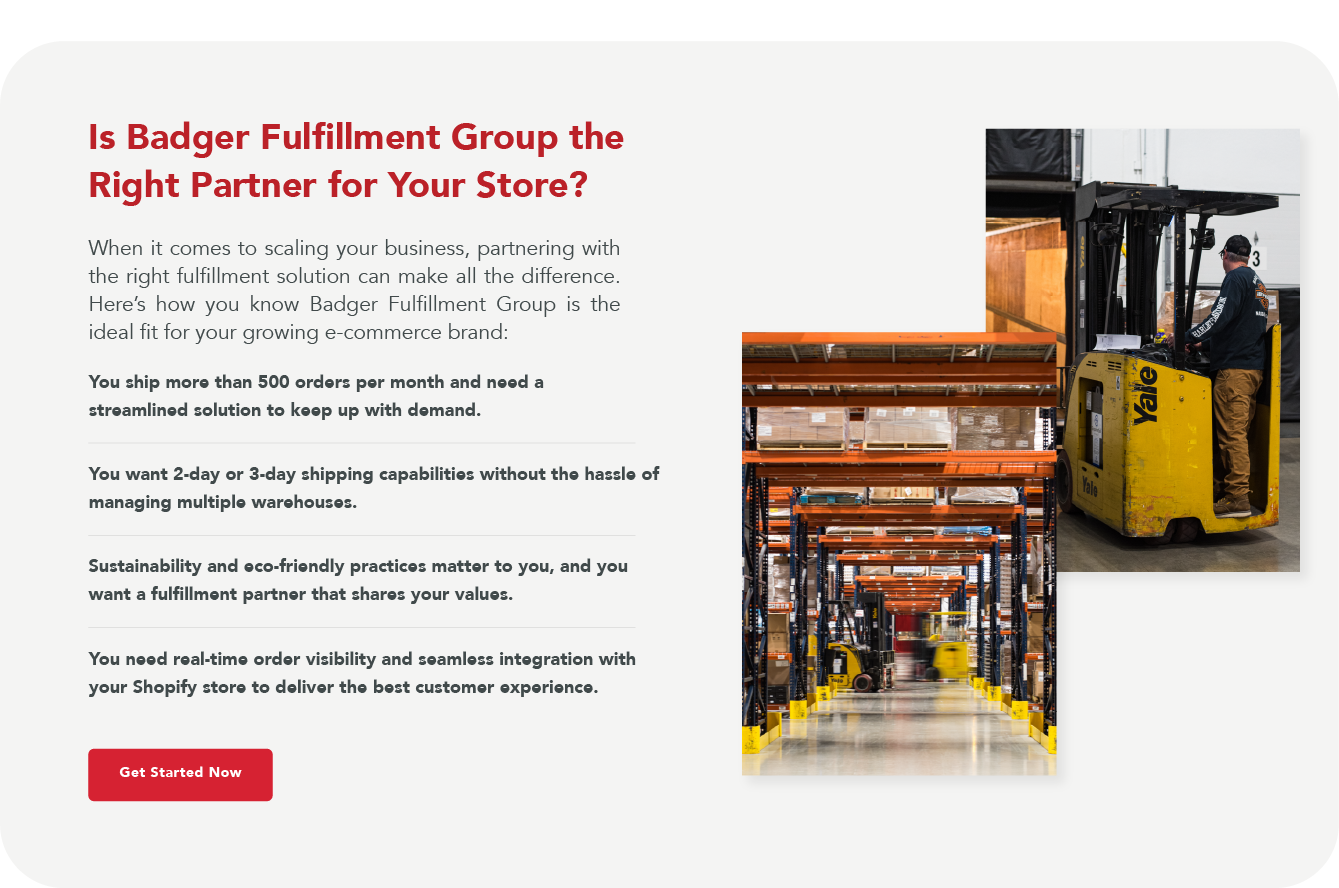In today’s competitive business landscape, cultivating strong and enduring customer relationships is essential for success. Loyalty programs play a pivotal role in this endeavor, offering customers more than just transactions; they provide an elevated experience that goes beyond the ordinary. These programs are a testament to the commitment of businesses to putting customers at the forefront, recognizing their significance in fostering appreciation, collaboration, and sustainable growth. It is important to understand the contemporary relevance of loyalty programs in shaping lasting relationships in today’s ever-evolving market.
Understanding Loyalty Programs

Loyalty programs stand as meticulously crafted systems designed to recognize and reward clients for their sustained commitment. Going beyond transactional interactions, these programs have a primary purpose of fostering enduring connections. By transforming routine business relationships into collaborative journeys, loyalty programs elevate the client experience, instilling a sense of appreciation.
Delving into the historical evolution of loyalty programs unveils their transformative journey. From modest beginnings marked by simple point systems, these programs have evolved into sophisticated and integral components of modern business strategies.
Impact on Repeat Purchases
Loyalty programs wield a profound influence on consumer behavior, acting as catalysts for repeat purchases. The statistics speak volumes — a staggering 81% of consumers express a higher likelihood of making a purchase from a brand with which they hold a loyalty membership. This intrinsic connection forged through loyalty programs extends beyond a mere transactional relationship. In the competitive landscape of today’s market, businesses employing effective loyalty programs gain a substantial edge over their counterparts.
Loyalty Programs vs. Competitors
In a marketplace saturated with choices, the presence of a robust loyalty program often becomes a distinguishing factor. A compelling statistic reveals that 78% of consumers actively prefer to shop with brands hosting loyalty programs, underlining the significance of these initiatives in shaping consumer choices. Beyond merely retaining existing customers, loyalty programs position businesses favorably against competitors. The seamless integration of rewards and recognition not only solidifies the bond between the brand and its customers but also serves as a strategic differentiator. This preference for brands with loyalty programs showcases the impact of these initiatives not just on repeat purchases but on the overall consumer decision-making process.
Personalization and Differentiation Challenges
While the potential impact of loyalty programs is undeniable, the road to success is not without challenges. A notable statistic highlights that a significant 91% of consumers perceive a lack of differentiation among many loyalty programs. This presents a clear call to action for businesses aiming to stand out in the crowded loyalty landscape. Achieving a balance between personalization and differentiation is key. Brands must tailor their loyalty programs to address the unique needs of their clientele, ensuring that the rewards and experiences offered are not only personalized but also distinct from competitors. Navigating these challenges effectively can transform loyalty programs from mere incentives to powerful tools that resonate deeply with consumers, ultimately influencing their purchasing decisions and solidifying brand loyalty.
Types of Loyalty Programs
In the dynamic landscape of customer engagement, loyalty programs come in various forms, each strategically designed to cater to diverse consumer preferences.
- Point-based systems remain a classic, offering customers the allure of accumulating points with each purchase, which can later be redeemed for rewards.
- Tiered rewards, another popular choice, incentivize continued engagement by unlocking progressively exclusive benefits as customers ascend through loyalty tiers.
- VIP or member clubs provide a premium tier of rewards and exclusive access.
- Cashback programs offer a tangible return on purchases, appealing to the practical side of consumers.
These varied approaches showcase the versatility of loyalty programs, allowing businesses to tailor their strategies to align with consumer expectations and preferences, ultimately fostering lasting connections and driving repeat engagement.
The Role of Loyalty Programs in Economic Challenges
As businesses navigate economic uncertainties, the role of loyalty programs emerges as a strategic linchpin in overcoming challenges like inflation and the potential for a recession. A telling statistic reveals that 55.9% of companies recognize customer loyalty as essential in weathering economic storms. In times of inflation, where consumer spending habits may undergo shifts, a robust loyalty program becomes a stabilizing force. By fostering lasting connections with existing customers, businesses can mitigate the impact of economic fluctuations. Loyalty programs provide a dual benefit, not only retaining loyal clientele but also attracting new customers seeking stability and value, thus contributing to a more resilient business ecosystem.
In the face of a potential recession, where consumer confidence may waver, loyalty programs act as a counterforce, fortifying the customer-business relationship. The statistics underscore the proactive stance adopted by businesses that prioritize customer loyalty as a cornerstone of their strategy. As economic landscapes evolve, loyalty programs prove to be dynamic tools, offering businesses the agility needed to adapt to changing consumer behaviors and economic conditions. Beyond mere incentives, loyalty programs become integral components of a business’s resilience strategy, ensuring sustained customer engagement and loyalty even in challenging economic climates.

Enhancing Customer Experience through Order Fulfillment
Enhancing the customer experience through loyalty programs is just one aspect of the customer journey; there are further steps to ensure lasting customer loyalty throughout the entire order fulfillment cycle. It begins with managing customer expectations through timely deliveries, transparent communication, and consistently exceeding their expectations. These practices form the bedrock of a positive customer experience. Moving beyond the basics, the importance of offering product samples and incorporating enhanced branding into the packaging emerges as a potent differentiator. These elements not only delight customers but also significantly contribute to the overall perception of the brand. Additionally, having effective return policies and responsive customer service further magnifies the impact of order fulfillment on the customer experience. In the ever-evolving landscape of e-commerce, where customer loyalty is the most valuable currency, businesses that prioritize and elevate the customer experience in their order fulfillment strategies are well-positioned for sustained success.
As businesses navigate the ever-evolving landscape of customer engagement, it becomes increasingly evident that the synergy between loyalty programs and a seamless order fulfillment process plays a pivotal role in building and nurturing customer loyalty. These two essential components work in tandem, effectively managing consumer expectations, fostering brand allegiance, and going beyond mere transactions. As businesses grapple with both challenges and opportunities, innovations in loyalty programs continue to reshape how companies engage with their customers. The seamless integration of loyalty programs into a successful order fulfillment process stands as a pivotal strategy for enhancing customer retention and satisfaction. In an era where customer loyalty is the ultimate currency, it is clear that loyalty programs, when harmoniously combined with efficient order fulfillment, are integral for building lasting connections and driving sustained business growth.
Additional Resources on E-Commerce Fulfillment and Customer Loyalty
To further explore the role of fulfillment in enhancing customer loyalty and driving repeat purchases, consider these related articles and resources:
The Importance of Scalable Fulfillment Solutions for Growing Businesses
This blog discusses how scalable fulfillment strategies are essential for managing increased demand, which is crucial for maintaining customer satisfaction and loyalty as your business grows.
Revitalizing E-Commerce Sales Post-Holidays
Learn strategies to keep customers engaged and encourage repeat purchases after the holiday season, with a focus on effective fulfillment practices that support customer retention.
Dollars and Cents in Order Fulfillment
This article explores the costs associated with order fulfillment and how managing these costs effectively can enhance the customer experience, leading to increased loyalty and repeat business.
Knowledge Center: Order Fulfillment FAQs
Get answers to common questions about order fulfillment, including how it impacts customer satisfaction and loyalty, in this comprehensive FAQ section.
These resources will provide you with deeper insights into how effective fulfillment strategies can enhance customer loyalty, drive repeat purchases, and support overall e-commerce success.






